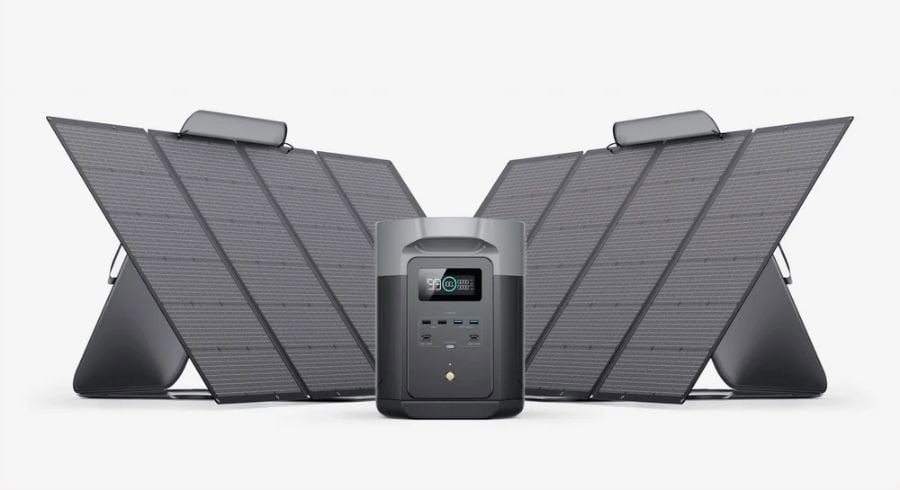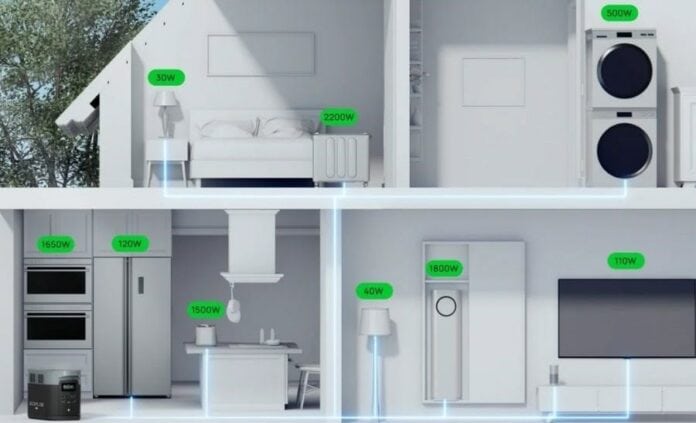Table of Contents
When it comes to managing electricity costs, many NSW residents are left wondering, “What is the reference price for electricity in NSW?” The reference price serves as a helpful benchmark, guiding consumers to better understand their energy bills and compare offers from different retailers. In this article, we’ll explore what the reference price means, how it works, and how you can use it to find the best electricity plan and potentially save on your energy costs.
What Is the Reference Price for Electricity?
The electricity reference price is a benchmark set by the Australian Energy Regulator (AER). It serves as a standard price that energy retailers must use when advertising their market offers. This price acts as a cap, ensuring that customers who don’t actively shop for better deals don’t end up paying exorbitantly high rates.
Retailers compare their offers to the reference price, which helps consumers see how much they could save or spend compared to this baseline. For example, a retailer might advertise a 10% discount against the reference price, making it easier to understand potential savings.
How Does the Reference Price Work?
The reference price is calculated annually by the AER and reflects the average cost of supplying electricity, including usage and supply charges, in different areas. It varies across states and even regions within NSW. For example, the reference price in Sydney may differ from that in regional NSW due to differences in distribution costs.
If you don’t actively compare electricity prices in NSW and select a market offer, your provider will automatically place you on a default plan based on the reference price. While this offers some level of protection, it’s not always the most cost-effective option.
Benefits of Reference Price
The electricity reference price has several benefits for consumers:
- Transparency: It simplifies comparisons between energy plans by providing a clear benchmark.
- Protection: It caps the amount charged to consumers who haven’t signed up for a specific market offer, preventing excessive bills.
- Encourages Competition: By providing a standard point of comparison, the reference price motivates retailers to offer competitive deals.
However, relying solely on the reference price isn’t always ideal. While it provides a safety net, better options may exist in the market. Many NSW electricity prices per kWh on market offers are lower than the reference price, so it’s worth shopping around. Additionally, factors like customer service, discounts, and renewable energy options should be considered alongside price.
How to Find a Better Electricity Plan in NSW
If you’re keen to save on your electricity bill, here are some strategies:
- Explore Market Offers: Market plans often include discounts or lower rates than the reference price. Be mindful of contract terms, as some plans revert to higher rates after the initial period.
- Check Your Tariff: Different tariffs, such as time-of-use or flat rates, can impact how you’re charged. Choosing the right tariff for your energy habits could lead to savings.
- Look for Discounts: Many retailers offer discounts for specific actions, such as paying via direct debit or signing up as a new customer. These can provide long-term savings.
- Use Comparison Services: Free online tools allow you to compare electricity prices NSW quickly. These platforms display market offers alongside the reference price, making it easier to identify the best deals.
Tips for Saving on Electricity in NSW
Beyond finding a cheaper plan, there are many practical ways to cut down on your energy use and save money.
1.Turn Off Appliances
Switch off appliances at the wall to avoid standby power consumption. For items like heaters, air conditioners, and computers, turn them off when not in use to reduce costs significantly.
2.Use Energy-Efficient Lighting
LED light globes consume up to 80% less energy than traditional bulbs. They also last longer, saving you money on replacements.
3.Optimize Heating and Cooling
Heating and cooling account for a large portion of electricity use. Set thermostats between 18–20°C in winter and 26°C in summer. Only heat or cool the rooms you use, and seal doors and windows to prevent energy loss.
4.Upgrade Appliances
Consider switching to energy-efficient appliances. For instance, using a split-system air conditioner instead of an electric fan heater can save up to $700 annually.
5.Reduce Energy Use in the Kitchen
Set your fridge temperature to 4°C and freezer to -18°C for optimal efficiency. Use a microwave instead of an oven when possible, and run dishwashers only when full.
6.Insulate Your Home
Ceiling insulation can reduce heating and cooling costs by up to 20%. Proper insulation keeps your home comfortable year-round while lowering energy bills.
7.Wash and Dry Smarter
Wash clothes in cold water and only run your washing machine or dishwasher when full. Avoid using dryers by air-drying clothes whenever possible.
8.Conduct an Energy Assessment
A home energy assessment can identify inefficiencies and suggest improvements, such as sealing draughts or upgrading insulation. These measures can lead to significant savings.
9.Compare and Switch Plans Regularly
Regularly compare electricity prices in NSW to ensure you’re getting the best deal. Many consumers find they save hundreds by switching providers.
10.Harness Solar Energy
Solar power is a great way to reduce your reliance on grid electricity and save on long-term energy costs. One efficient way to utilize solar energy in your home is by investing in solar generators like the EcoFlow DELTA 2 Max Solar Generator (PV220W). It offers a 6kWh expandable capacity to power essential appliances for hours. Its 3100W X-Boost output can handle heavy-duty devices, and it charges quickly—just 2.3 hours to a full solar charge or 43 minutes to 80%. With efficient charging and quiet operation, it’s a powerful way to lower long-term energy costs while ensuring you have backup power during outages.

Conclusion
In conclusion, understanding what is the reference price for electricity in NSW helps you navigate the energy market and find better deals. While the reference price provides a baseline, exploring other options like market offers and adopting energy-efficient practices can further reduce your bills. Additionally, investing in solar energy solutions, such as the EcoFlow DELTA 2 Max Solar Generator, can provide reliable, cost-effective backup power for your home. Explore EcoFlow today to start saving!
FAQs
What is the cost of electricity in NSW per kWh?
The cost of electricity in NSW typically ranges between 25 and 35 cents per kilowatt-hour (kWh), depending on the retailer and your location. Rates can vary based on factors like your energy plan, usage, and whether you’re on a time-of-use or flat-rate tariff.
What is the reference default price?
The reference default price is the maximum amount a consumer will pay for electricity if they don’t engage with the energy market. Set by the Australian Energy Regulator (AER), it provides a baseline price that ensures consumers aren’t charged excessively, but they may still find better deals through market offers.
What is the NSW reference price for electricity?
The NSW electricity reference price is designed to help customers previously paying high rates reduce their costs. For example, in 2024, the annual flat rate costs for different networks are: Ausgrid $1,810 (3,900kWh), Endeavour $2,209 (4,900kWh), and Essential $2,499 (4,600kWh). For flat rate + controlled load plans, costs range from $2,495 (Ausgrid) to $2,918 (Essential), based on energy usage assumptions.


